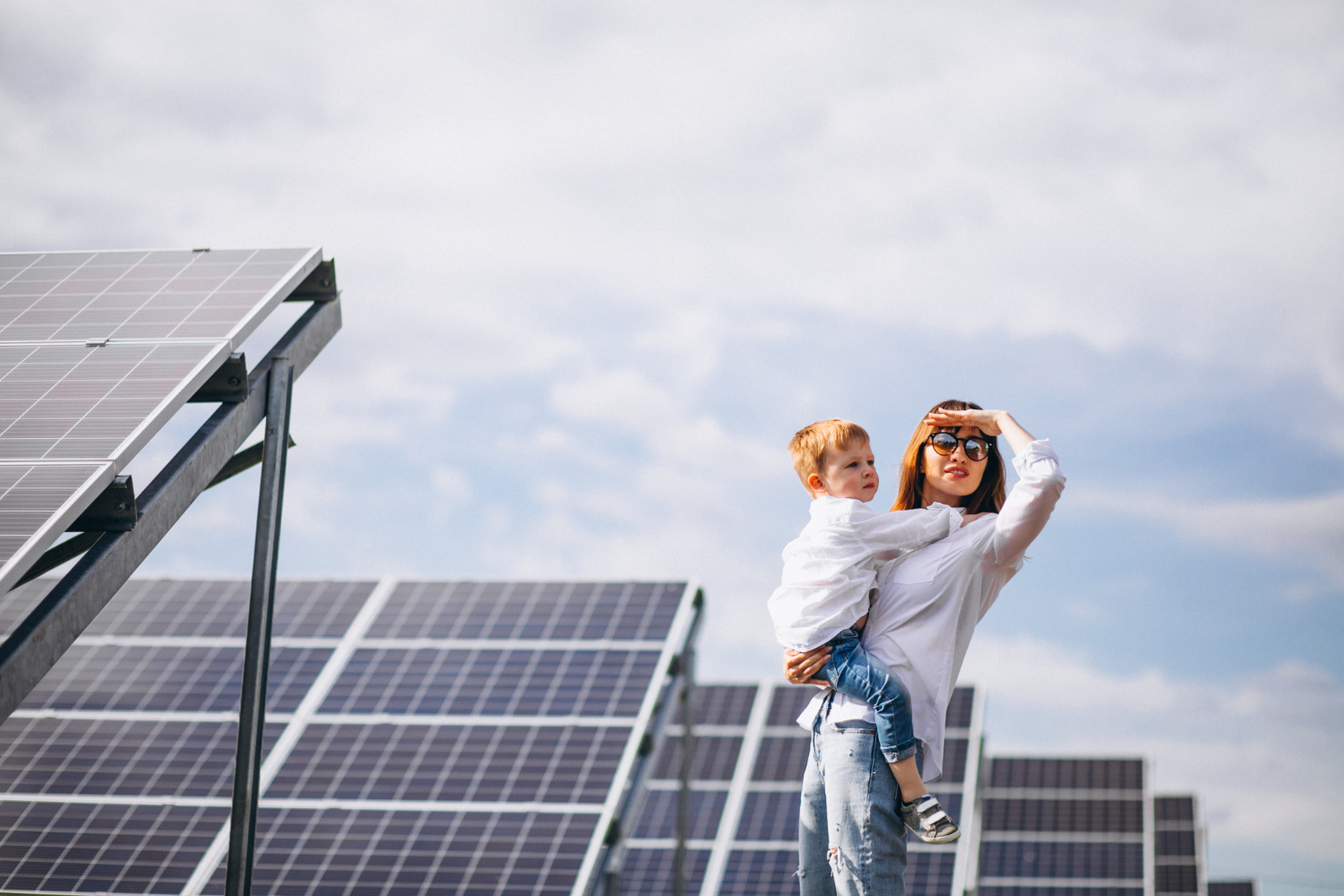- Jaksson
- August 27, 2024
- Solar Power Tips
Harnessing the Sun’s Energy Every Day
Maximizing Solar Power Efficiency: 10 Essential Tips
Solar panels can significantly reduce energy costs, but their efficiency can decline without proper installation and maintenance. A strategic approach to setup, upkeep, and energy use is key to ensuring optimal performance. Follow these 10 expert tips to maximize solar power efficiency and make the most of every ray of sunshine.
1. Choose the Right Panels
Efficiency starts with selecting the best solar panels. Monocrystalline panels outperform polycrystalline ones due to their superior silicon cell composition, offering higher efficiency and better temperature resistance. If space is limited, monocrystalline panels are the ideal choice since fewer panels are needed to generate the same power output as polycrystalline options.
Although monocrystalline panels have a higher upfront cost, they deliver a faster return on investment and superior long-term efficiency.
2. Optimize Tilt and Orientation
Solar panels don’t require direct sunlight to generate electricity, but their positioning affects energy production. To maximize output:
-
In the Northern Hemisphere, orient panels toward true south.
-
In the Southern Hemisphere, face them true north.
-
Adjust the tilt angle based on latitude and seasonal variations for optimal sun exposure. Consult a local solar expert for precise positioning.
3. Maintain Your System Regularly

Photo: Westend61 / Westend61 / Getty Images
Modern solar systems come equipped with monitoring tools to detect issues, but proactive maintenance is essential. Keep an eye on warning lights, voltage levels, and daily energy output. Routine maintenance includes:
-
Inspecting for cracks, loose wires, or debris.
-
Checking the inverter and electrical components.
-
Scheduling professional inspections based on manufacturer recommendations.
A well-maintained system ensures longevity and consistent efficiency.
4. Monitor Inverter Performance
The solar inverter converts direct current (DC) from panels into alternating current (AC) for home use. A faulty inverter can significantly reduce system efficiency. Follow manufacturer guidelines for maintenance and seek professional help if system output drops or voltage levels fluctuate.
5. Keep Solar Panels Clean
Dust, dirt, bird droppings, and debris can accumulate on panels, reducing their effectiveness. While a small amount of dust has minimal impact, heavy buildup can obstruct sunlight. Cleaning tips:
-
Rinse panels with a hose to remove debris.
-
Use a soft brush or microfiber cloth for stubborn dirt.
-
Avoid cleaning in extreme heat to prevent thermal shock damage.
-
Stay on the ground when possible; use a telescopic brush for rooftop panels.
"Keeping your solar panels clean is essential for maximum efficiency. Dirty panels lead to lower energy production, so regular cleaning is a must."
— Mike Naughton, CEO and Founder of Integrity Energy, Cleveland, OH
6. Maximize Sun Exposure

Photo: JamesBrey / E+ / Getty Images
While solar panels generate energy even in low light, shade dramatically reduces output. To ensure maximum sun exposure:
-
Choose an installation site free from obstructions.
-
Trim overhanging trees or bushes that may cast shadows.
-
Monitor seasonal changes in shading.
7. Utilize Mirrors for Reflection
Strategically placed mirrors can redirect sunlight onto panels, increasing energy absorption. However, improper placement can cause overheating or glare issues. Always consult a solar professional for installation.
8. Optimize Energy Usage During Peak Hours
Solar panels produce the most energy during midday. To maximize savings:
-
Run large appliances like dishwashers and washing machines at peak solar hours.
-
Use smart home technology to schedule energy-intensive tasks.
-
Monitor appliance energy consumption to optimize use.
9. Install Solar Panel Trackers
Solar trackers automatically adjust panel angles to follow the sun’s path, optimizing energy capture. Although they are more expensive, they can significantly increase output, especially in areas with frequent cloud cover or shading.
10. Invest in Microinverters or Power Optimizers
Microinverters and power optimizers improve the efficiency of individual panels, making them ideal for partially shaded or complex installations.
-
Microinverters convert DC to AC at each panel, ensuring continuous power generation even if some panels are shaded.
-
Power optimizers condition DC current before sending it to a central inverter, improving system efficiency.
By implementing these strategies, you can maximize solar power efficiency, extend the lifespan of your system, and reduce reliance on the grid. Proper installation, regular maintenance, and smart energy management are key to harnessing the full potential of solar energy.





Comments